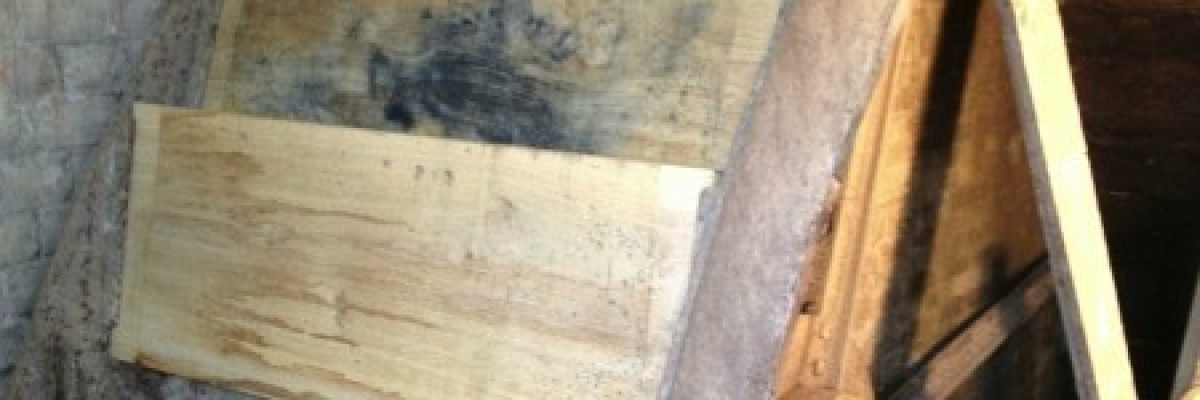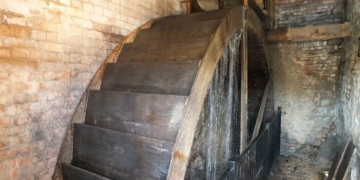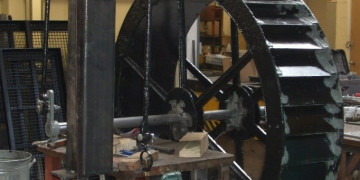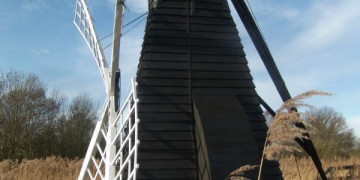Case study: Clenchers Watermill
A complete restoration of Clenchers Watermill for demonstration purposes
Works Undertaken
Our millwright works involve renewal of the bypass sluice, renewal of the sole boards and floats and new bronze bearings to the main shaft.
Wedging of the waterwheel to its shaft, repositioning of the pit wheel and wallower.
Complete renewal of the pentrough timbers but reusing the original wrought iron straps, sluice gate and gearing.
Provision of new flat belts to the sack drive and Bambury crushing mill
Renewal of all operating ropes
Commissioning and testing.
More about the Watermill
Milling has occurred at the site, part of the Eastnor Castle estate, since the mid to late 1200s. However, the mill in place today dates back to the 18th century. Typical of the location, the mill is a timber structure with a brick and stone base. Evidence suggests corn was milled on this site.
The waterwheel in place to date is stamped 1820, making it the earliest recorded example of its type in the country, measuring almost 5 metres in diameter. Further improvements to the machinery were made in the late 1800s until production, at this time only of animal feed, ceased during WWI.
About 40 years later, use of the mill finally came to an end, by which time it had been powered by a tractor via shafting from the next-door building where a cider press was housed. The water to the mill got disconnected when a disagreement occurred with an upstream resident at Goldhill farm.












